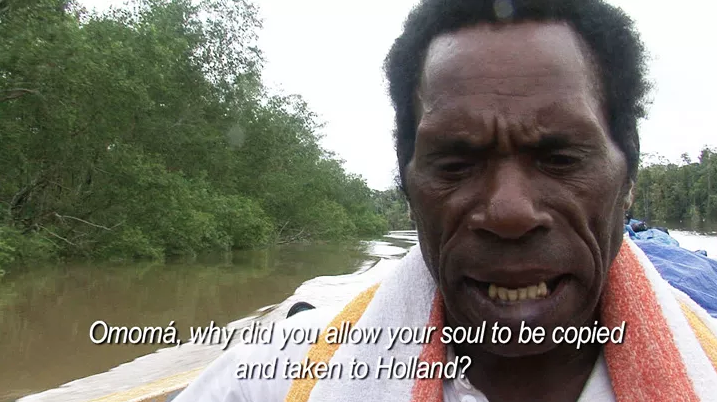Returning historic artifacts to their original locations continues to be a hot topic. The disputed artifacts involve those objects from (art) history that were illegally required – stolen, would be the word – from archaeological and cultural sites all over the world in times of colonization.
Colonizing countries pillaged these artifacts for profit or for educational purposes, when displayed in a public setting such as a museum. In some cases, the artifacts might be better off in their current environments, due to unstable political situations, or a lack of funding to adequately maintain them. But in other cases, the artifacts are orphaned because they were originally part of a much larger structure or ideology, now left incomplete.
I’m proposing not to just return qualified items, but to also gift artifacts from the former colonizing countries’ (art) history: it would only be fair.
It would benefit the institutions of former colonies: they will have an equally broad collection. For instance, a 14th century woodcut Mary doesn’t need to be eternally confined to its Western European region of origin. Why not put it on display in Indonesia, right next to a ‘hemelnimf’ (14th-15th century, Java) (**)?
(* ‘Buit’ is the Dutch word for ‘loot’ or ‘catch’. )
(** This is just an example, the Javanese ‘hemelnimf’ is a long-term loan by the Rijksmuseum in Amsterdam, I don’t how or when the owner – Vereniging van Vrienden der Aziatische Kunst – has acquired the statue, so this object might not at all be part of negotiations between Rijksmuseum and Indonesia – also, the Mary statue is from France. So this example admittedly doesn’t make sense at all, except these are similar sculptures from a similar era.)


